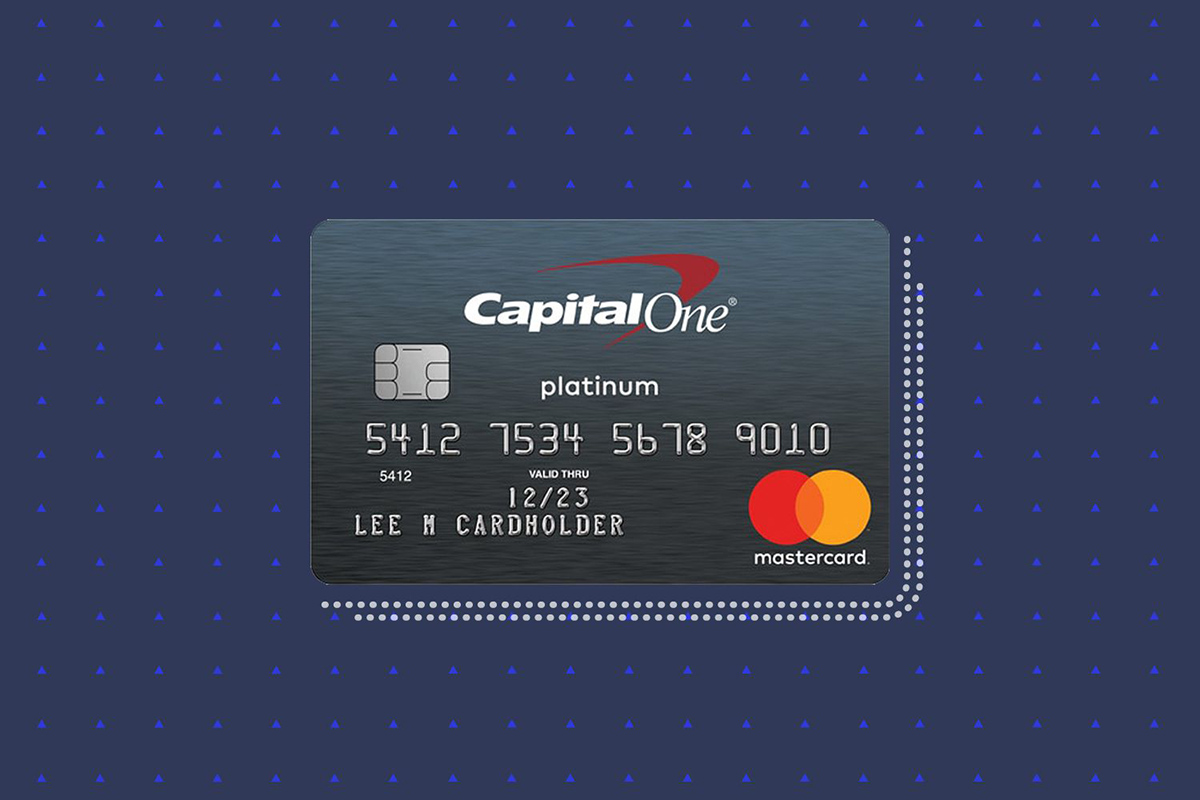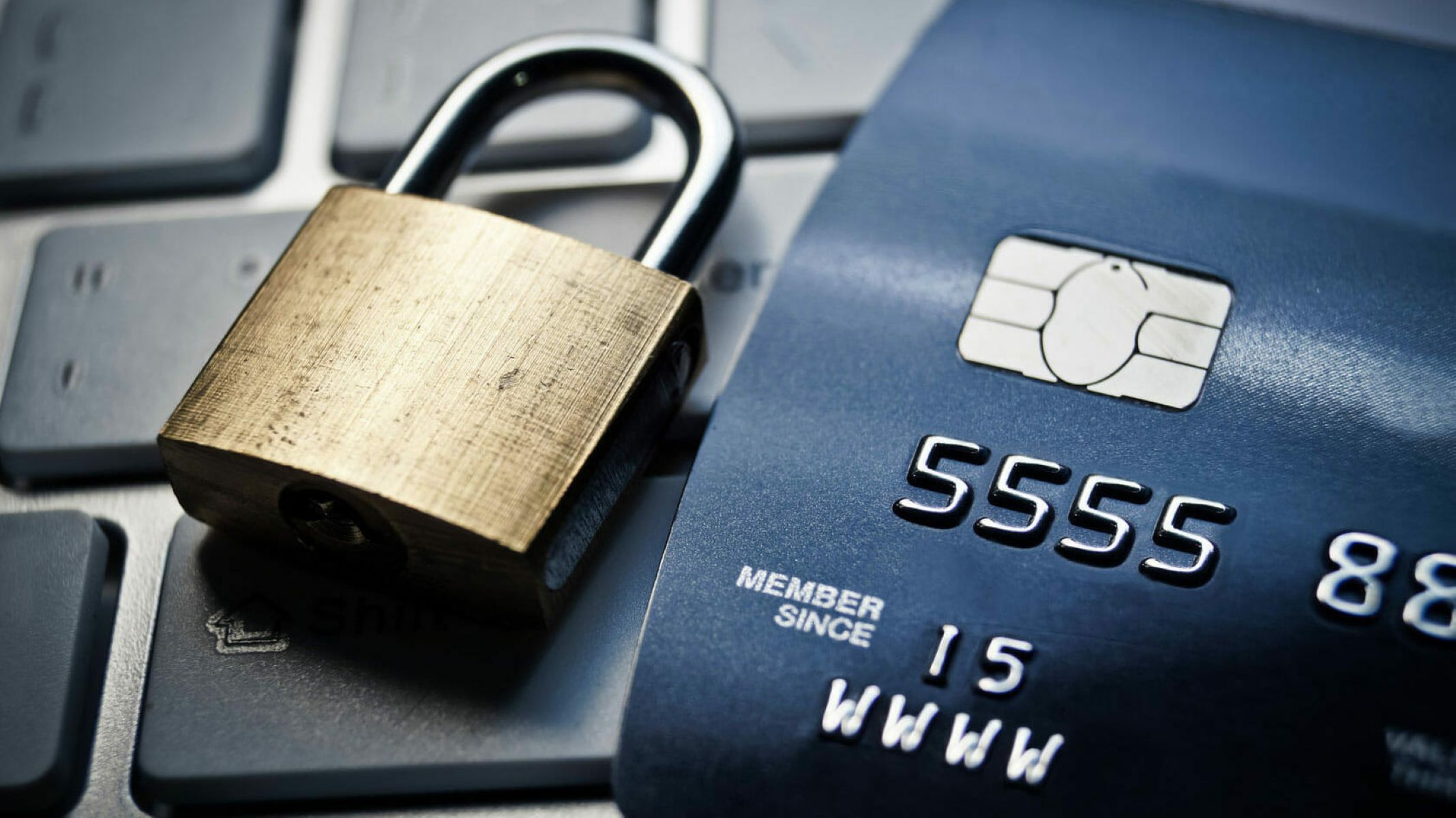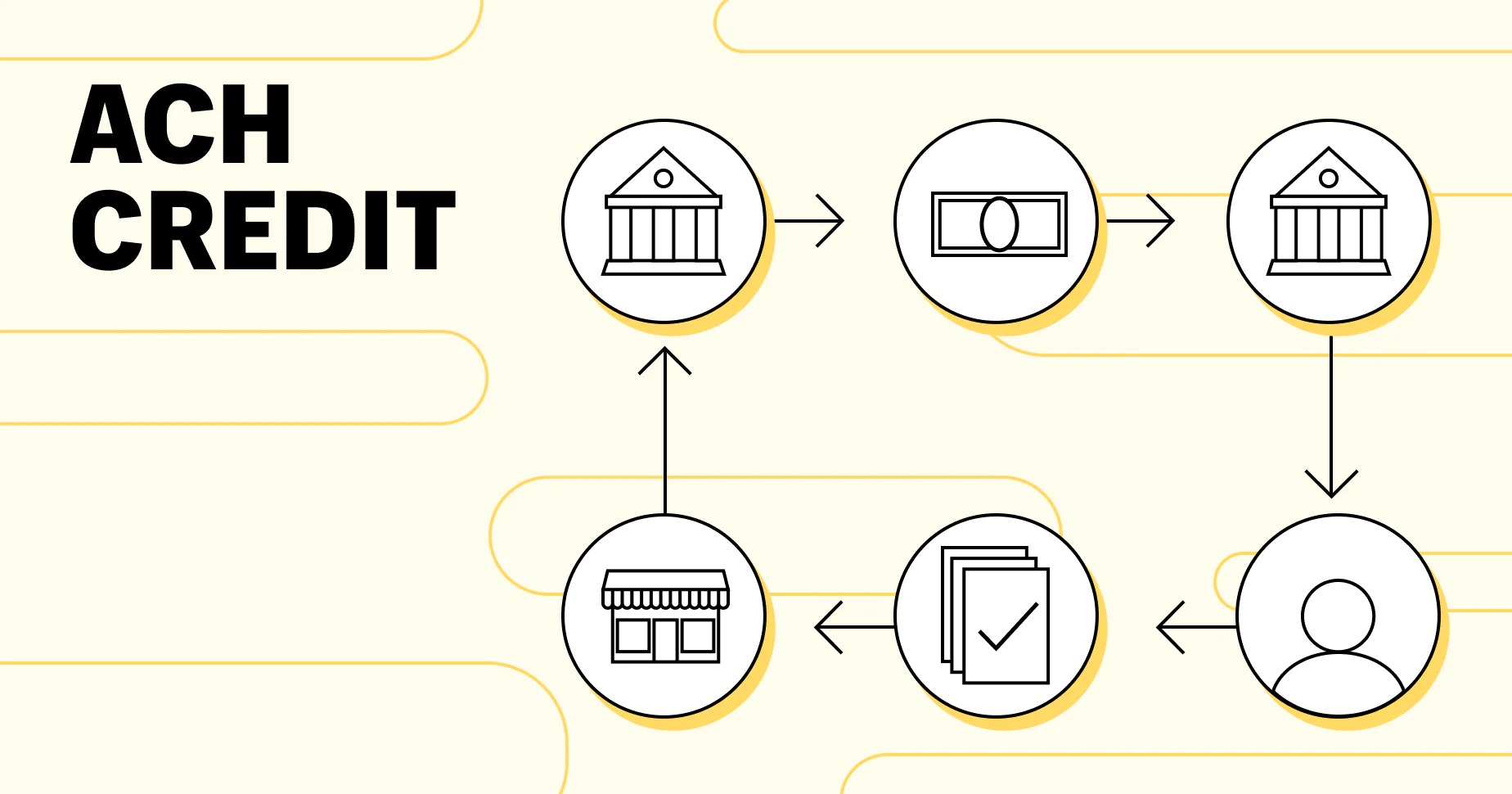

Finance
How To Increase Credit Limit On A Secured Card
Published: March 1, 2024
Learn how to effectively increase your credit limit on a secured card and improve your financial flexibility. Discover expert tips and strategies to boost your finance game today!
(Many of the links in this article redirect to a specific reviewed product. Your purchase of these products through affiliate links helps to generate commission for LiveWell, at no extra cost. Learn more)
Table of Contents
Introduction
Secured credit cards are a valuable financial tool for individuals looking to build or rebuild their credit. These cards require a security deposit, which serves as collateral and allows individuals with limited or poor credit history to access credit. One of the key benefits of a secured credit card is the opportunity to increase the credit limit over time, thereby improving the individual's overall credit profile.
Understanding the nuances of secured credit cards and the factors that influence credit limits is essential for maximizing the benefits of these financial products. By strategically managing a secured credit card, individuals can pave the way for a healthier credit score and improved financial opportunities.
In this comprehensive guide, we will delve into the intricacies of secured credit cards, explore the factors that affect credit limits, and outline the steps to increase the credit limit on a secured card. Additionally, we will provide valuable tips for responsible credit card usage, empowering individuals to make informed decisions and leverage their secured credit cards to their full potential. Whether you are new to secured credit cards or seeking to enhance your credit limit, this guide will equip you with the knowledge and strategies necessary to achieve your financial goals.
Understanding a Secured Credit Card
A secured credit card operates much like a traditional credit card, with one fundamental difference: it requires a security deposit as collateral. This deposit serves as a form of protection for the card issuer in case the cardholder defaults on payments. The amount of the security deposit typically determines the initial credit limit. For example, if a cardholder provides a security deposit of $500, their credit limit is often set at $500.
Secured credit cards are particularly beneficial for individuals with limited or poor credit history, as well as those who are new to credit. By using a secured credit card responsibly, cardholders can demonstrate their creditworthiness and establish a positive credit history. This, in turn, can lead to improved credit scores and expanded access to financial products and services in the future.
It’s important to note that while secured credit cards require a security deposit, they function like traditional credit cards in all other aspects. Cardholders are expected to make regular payments, and the card activity is reported to the major credit bureaus, influencing the cardholder’s credit history and score.
Moreover, secured credit cards often come with fees and interest rates, so it’s crucial for individuals to carefully review the terms and conditions before applying for a card. By understanding the mechanics of secured credit cards, individuals can make informed decisions and leverage these financial tools to improve their credit standing.
Factors That Affect Your Credit Limit
Several key factors influence the credit limit on a secured credit card. Understanding these factors is essential for individuals seeking to increase their credit limit and improve their overall credit profile.
- Security Deposit: The initial security deposit placed on a secured credit card often determines the credit limit. Card issuers typically offer credit limits that align with the amount of the security deposit, providing a sense of security for both the cardholder and the issuer.
- Credit History and Score: While secured credit cards are designed for individuals with limited or poor credit history, the card issuer may consider the applicant’s credit history and score when determining the credit limit. A stronger credit history and higher credit score may result in a higher credit limit.
- Income and Financial Stability: Card issuers may evaluate the applicant’s income and overall financial stability. A higher income and greater financial stability can instill confidence in the issuer, potentially leading to a more generous credit limit.
- Payment History: Responsible payment behavior can positively impact the credit limit over time. Card issuers may review the cardholder’s payment history and overall financial conduct when considering credit limit increases.
- Account Management: How the cardholder manages their secured credit card account can also influence the credit limit. Demonstrating responsible usage, such as keeping balances low and making timely payments, can signal to the issuer that the cardholder is a reliable and low-risk customer.
By recognizing these influential factors, individuals can take proactive steps to positively impact their credit limit. Furthermore, understanding the interplay of these factors empowers cardholders to make informed decisions and implement strategies to increase their credit limit over time.
Steps to Increase Your Credit Limit on a Secured Card
Increasing the credit limit on a secured credit card requires a strategic and disciplined approach. By following these essential steps, cardholders can work towards expanding their credit limit and enhancing their overall financial standing.
- Understand the Issuer’s Policies: Familiarize yourself with the specific policies and procedures of your secured credit card issuer regarding credit limit increases. Some issuers may automatically review accounts for credit limit adjustments, while others may require a formal request from the cardholder.
- Build a Positive Payment History: Consistently making on-time payments and managing the card responsibly can demonstrate creditworthiness and reliability, potentially prompting the issuer to consider a credit limit increase.
- Monitor Your Credit Score: Keep a close eye on your credit score and overall credit profile. As your credit score improves, you may become eligible for a credit limit increase. Many secured credit card issuers consider the cardholder’s credit progress when evaluating credit limit adjustments.
- Request a Credit Limit Increase: If your secured credit card issuer allows for direct requests to increase your credit limit, consider submitting a formal request. Be prepared to provide updated income information and any relevant financial improvements that may support your request.
- Consider a Graduation to an Unsecured Card: Some secured credit card issuers offer the opportunity to "graduate" to an unsecured credit card after demonstrating responsible card usage over time. This transition often comes with a higher credit limit and the return of the initial security deposit.
- Review and Compare Offers: Periodically assess your credit standing and explore other secured and unsecured credit card offers. You may discover opportunities for higher credit limits and more favorable terms with different card issuers.
It’s important to note that increasing a credit limit on a secured credit card is a gradual process that requires patience and consistent financial management. By proactively engaging with the card issuer, maintaining responsible financial habits, and exploring potential opportunities for advancement, individuals can position themselves for a higher credit limit and continued credit growth.
Tips for Responsible Credit Card Usage
Responsible credit card usage is paramount for individuals holding secured credit cards, as it not only impacts their credit limit but also shapes their overall financial well-being. By adhering to these essential tips, cardholders can harness the benefits of their secured credit cards while cultivating a positive credit history and sound financial habits.
- Pay On Time, Every Time: Making timely payments is crucial for building a positive payment history and demonstrating financial responsibility. Consider setting up automatic payments or reminders to ensure that payments are never missed.
- Keep Credit Utilization Low: Aim to keep your credit utilization ratio—the amount of credit used compared to the total credit available—low. This can signal responsible credit usage and positively impact your credit score.
- Avoid Carrying High Balances: Carrying high balances on your secured credit card can lead to increased interest charges and may negatively affect your credit utilization ratio. Strive to pay off the balance in full each month whenever possible.
- Monitor Your Credit Report: Regularly review your credit report to identify any inaccuracies or potential issues. Promptly addressing errors or discrepancies can help maintain a healthy credit profile.
- Limit New Credit Applications: While it’s important to establish a credit history, applying for multiple new credit accounts within a short period can raise concerns for lenders and may temporarily lower your credit score.
- Communicate with Your Issuer: If you encounter financial difficulties or anticipate challenges in making payments, communicate with your card issuer proactively. They may offer assistance or alternative arrangements to help you navigate temporary setbacks.
- Utilize Available Resources: Many secured credit card issuers provide tools and resources to help cardholders manage their finances effectively. Take advantage of these resources, such as budgeting tools and educational materials, to bolster your financial literacy.
By integrating these tips into their financial practices, individuals can optimize the benefits of their secured credit cards, pave the way for credit limit increases, and lay a solid foundation for long-term financial success.
Conclusion
Secured credit cards offer a valuable pathway to building or rebuilding credit, providing individuals with the opportunity to demonstrate financial responsibility and improve their credit standing. Understanding the dynamics of secured credit cards, including the factors that influence credit limits and the steps to increase them, is instrumental in leveraging these financial tools effectively.
By comprehending the impact of the security deposit, credit history, payment behavior, and account management on credit limits, individuals can strategically position themselves for credit limit increases over time. Moreover, adhering to responsible credit card usage practices, such as making timely payments, managing credit utilization, and monitoring credit reports, can fortify their financial health and contribute to sustained credit growth.
As individuals navigate the realm of secured credit cards, it’s essential to approach their usage with diligence, patience, and a long-term perspective. By consistently implementing sound financial habits, engaging with card issuers, and exploring opportunities for advancement, individuals can harness the full potential of their secured credit cards and pave the way for broader financial opportunities.
Ultimately, the journey with a secured credit card is not only about building credit but also about cultivating financial discipline and resilience. With the right strategies and a proactive mindset, individuals can transform their secured credit cards into powerful instruments for credit enhancement and long-term financial stability.














